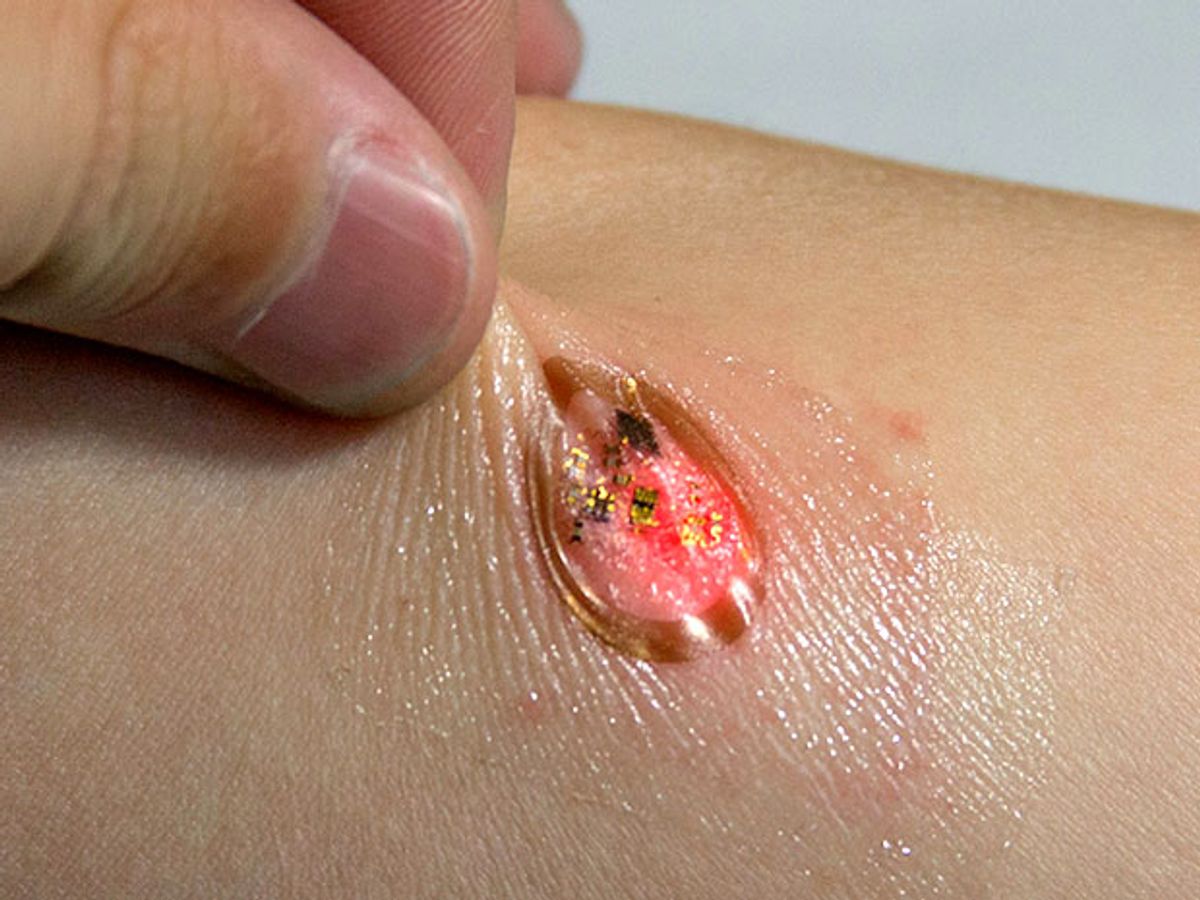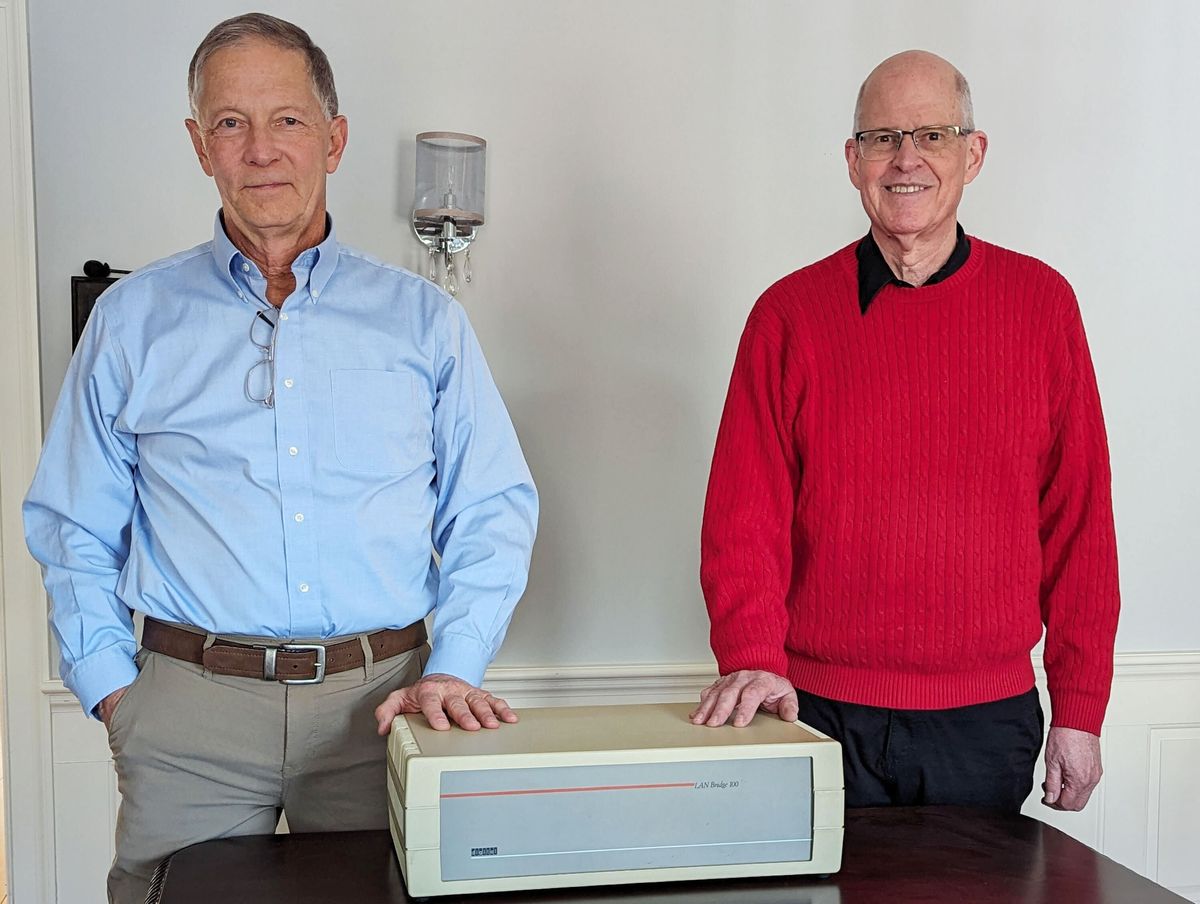A battery-free electronic patch that sticks onto skin like a temporary tattoo can be powered wirelessly by smartphones to help monitor health, researchers say.
A variety of wearable technology is on the market to monitor life signs, but these mostly possess hard components that have to be strapped onto the body. Scientists have been developing stretchable electronics that can fit better onto people, but these were limited by the size and weight of their batteries.
Now researchers have developed a stretchable, wearable ultra-thin device that can not only wireless transmit health data, but also is wirelessly powered via near-field communication transmissions. Smartphones, tablets and other consumer electronics use near-field communications with the Apple Pay and Android Pay wireless payment schemes.
The battery-free nature of this patch makes it five to 10 times thinner than comparable gadgets, says study leader John Rogers, a materials scientist at the University of Illinois at Urbana-Champaign.
"It is quite easy to build soft, skin-mountable devices that can capture significant amounts of power wirelessly from external sources," Rogers says.

Once wirelessly powered, the device's LEDs illuminate the skin. Some of the light is absorbed, while the reflected light gets picked up by the patch’s light sensors. The device then wirelessly transmits data to an external device. An ultraviolet-sensitive material embedded in the patch can also measure ultraviolet ray exposure, and an embedded heat sensor can help measure skin temperature.
In experiments with a small group of volunteers, the scientists found they could use the device to monitor heart rate, blood oxygen level, skin temperature, ultraviolet radiation exposure, and changes in skin color. Heart rate, blood oxygen level, and skin temperature are well-known signs of fitness; ultraviolet radiation exposure can indicate risk of sunburn, while skin color changes are useful for detecting diseases such as jaundice.
"We believe that these systems represent the next generation of wearable technology, where thin, skin-like devices can interface with the body to provide clinically relevant data on health status," Rogers says.
The range at which these devices can be powered by a smartphone "is a couple of centimeters," Rogers says. "With long-range readers, the range is up to about 1 meter. When mounted under a mattress, such a system could provide coverage across a hospital bed, for instance."
The scientists are now testing these devices on hospital patients in sleep studies. They are also building a much broader array of sensors into these platforms, Rogers says.
The scientists detailed their findings online August 3 in the journal Science Advances.
Charles Q. Choi is a science reporter who contributes regularly to IEEE Spectrum. He has written for Scientific American, The New York Times, Wired, and Science, among others.



